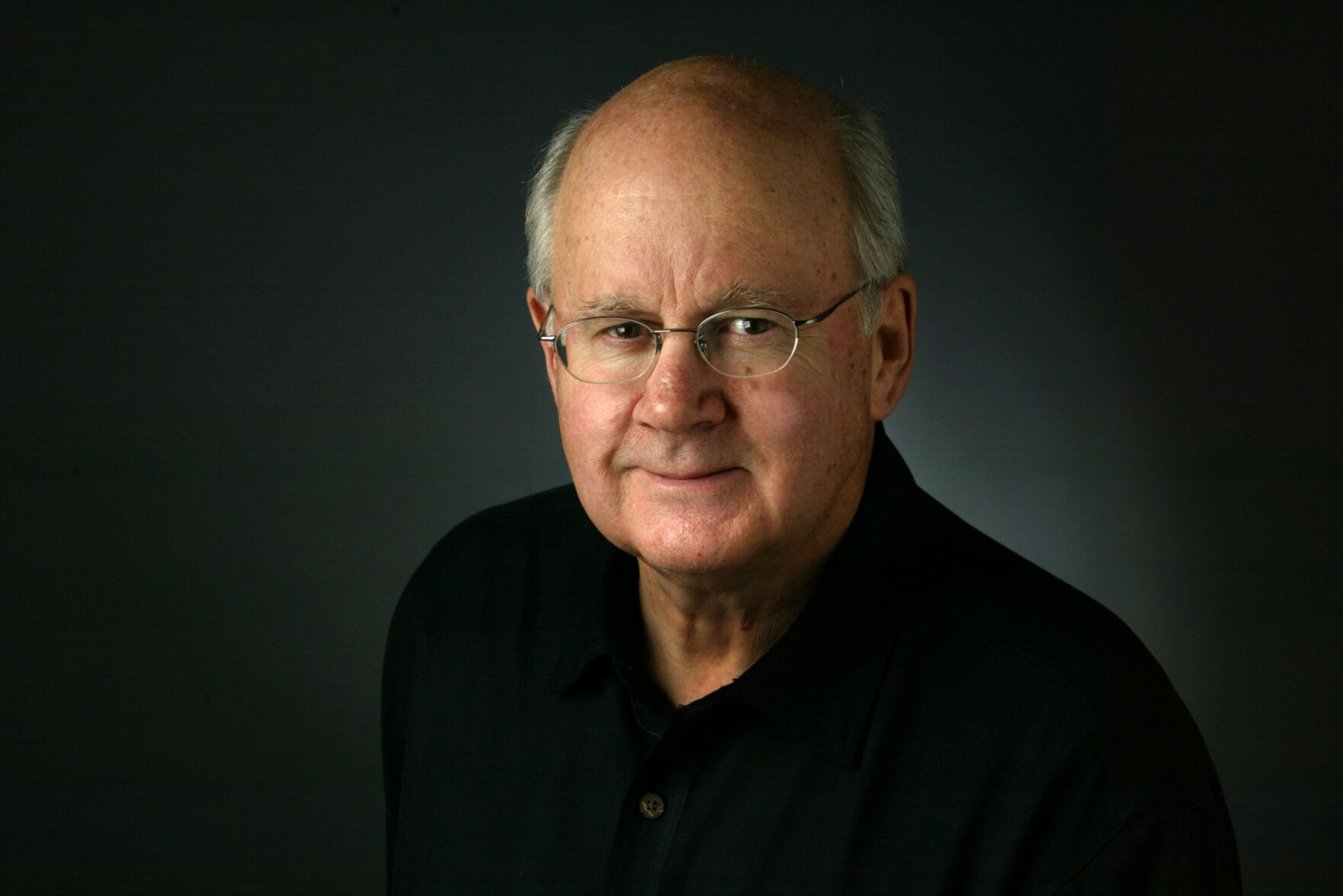Defining wealth isn’t easy. It also tends to be a morbidly serious topic.
That’s why I’m including my own “down and dirty” definition just to keep the conversation from getting too high and mighty:
“You know you’ve got it made when your kids make bail on their own.”
I also like a definition from a Dallas real estate investor long ago:
“You’re wealthy when more money won’t change what you eat, what you wear, what you drive, where you live or who you sleep with.”
Most efforts in measuring wealth focus on the obvious — money. The IRS estimates “top wealth holders” among the living by examining the net worth of the recently dead. They also do it by analyzing the distribution of income on federal tax returns.
Sociologists tend to measure income and net worth in distribution deciles, also assuming it’s mostly about the money.
Banks like to set a dollar minimum for their wealth accounts, letting you know that if your net worth isn’t (pick a sum), well, you’re not eligible to be a “private client.” This is their way of telling you that no one at the bank will walk your dog while you’re skiing in Gstaad.
Basically, it’s always about the money and nothing but the money.
Until now.
The Charles Schwab Modern Wealth Survey for 2023, released in June, breaks rank with habit by discovering something quite amazing. While those surveyed felt you need $2.2 million to “be wealthy” these days, they feel wealthy at a mere $560,000. The survey also found that having large amounts of money wasn’t the strongest measure of wealth. Having time was more important than having money. So was being healthy. (You can read the survey here.)
Unfortunately, that’s pretty soft and mushy. More recently, for instance, a Bankrate survey found that U.S. adults thought they needed $233,000 per year to “feel financially secure” and “$483,000 annually to feel rich.”
Still, the Schwab study informs us that there is more to life than money.
Most of us know that. But we’re still curious about what the metrics are.
Here’s my effort to define, in stages of financial well-being, where the money rubber meets the existential road.
The eight stages of financial being
Level 1: Down and out. This group of people simply can’t function in their society, wherever it is. They live day-by-day with no reserves and literally no concept of the future. They use cash, don’t have a bank account and probably haven’t filed a tax return, or registered and insured a car. If they have one. They might have an addiction or an untreated mental illness. Some have a hustle going. It’s not about malice or criminality, it’s just how they cope. Wealth: zero. Income: less than spending.
Level 2: Living on the edge. This group pays its bills most of the time. They rent but often come up short. They can be disadvantaged by their family of origin. Or limited by their lack of education. But the rent-to-buy and we-tote-the-note lenders couldn’t live without them. They’re likely not to have health insurance. They can lose their job because their car breaks down. That’s why it’s just about impossible to plan anything.
Level 3: Almost making it. This group has regular work but limited job mobility. They hope for overtime. They might own a house with a hefty mortgage payment. They do their best for their children but college, or help with college, isn’t in the cards. Without a pension and with very little in savings, they might squeak through retirement if they use the equity in their house, typically their only significant asset. Social Security is a make-or-break deal.
Level 4: Covering the basics. This group is confident that they can pay their bills, enjoys job mobility, owns a house, saves regularly, helps their children with college and, perhaps, a home down payment. But even if they are lucky enough to have a pension, they still have significant worry about financing retirement. If they are flexible, they will cope.
Level 5: Locked and loaded. This group has worked, saved and planned. They might also have been at the right place at the right time for their home purchase(s) and their jobs. Their biggest issue is choosing when to retire. They can actively consider retiring early rather than working to 65 or 67. Even so, their wealth might not survive them due to medical or other expenses.
Level 6: It’s all about the kids. This group enjoys an income that is large and secure. They can afford whatever college their children hope to attend and have enough resources to think actively about how much (and when) to provide for the kids. They can be generous with their adult children with no impact on their standard of living. Secure retirement is a done deal.
Level 7: Treats for the grandchildren. This group has assets large enough to allow their grandchildren to live well in their first job, should they choose to be employed. Most people would consider them wealthy. They have enough income that prices for goods and services are pretty much irrelevant.
Level 8: Generous for all. This group, which is smaller than 1% of all Americans, has the kind of wealth that F. Scott Fitzgerald described in “The Great Gatsby.” They can easily live on a portion of their investment income. Their wealth is beyond familial spending. Much of their time can be devoted to thinking about good ways to give money away. Their philanthropy can become their vocation. Or not, of course.
I hope readers who would like to add to, comment on or modify these stages of wealth to write to me at scott.burns@dallasnews.com.


